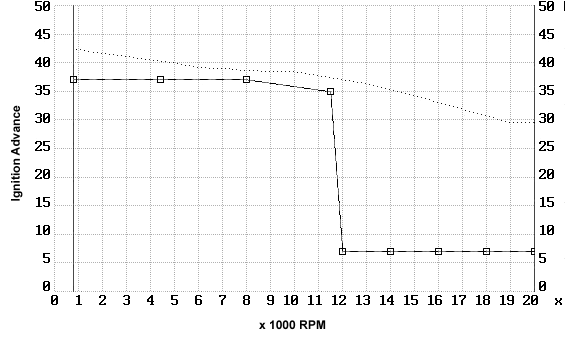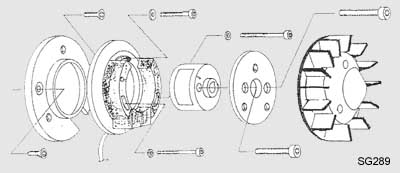Temperature Hints for 50 ccm-Automatic Transmissions
Special Information for Race Mode
Heat that is formed in the interior of 50 cc Mini Cross engines can be harmful to our PVL Ignitions.
PVL ignition stators are designed to withstand temperatures up to 110 ° C, the outgoing lines are up to +155 ° C. Approved. The ignition coils are specified from -30 – +85 ° C, temperatures above 100 ° C must be avoided. The 50 cc machines can reach temperatures or exceed these. The reason for the heat buildup is that the engine clutch engages (before it closes), slip occurs and generates heat. This heat is intensified by such factors as poor handling and road conditions, which increase the clutch slip. When the clutch is fully engaged, no more heat is generated. Limit this heat to a minimum by avoiding riding the machine excessively (while using the clutch) prior to a race. For applications with water-cooled engines (especially the Polini) running the engine must be allowed to bring it to the correct temperature.
Tipp:
To reduce heat buildup the wheel should be on a stand so that the rear wheel can rotate freely. Another precaution is to adjust the engine idle speed and the Clutch float position speed so that the clutch does not attempt to engage in idle speeds. This prevents heat buildup in the engine as a result of premature clutch friction. The engine should never run in lean. An engine, which is set too lean, substantially hotter than one in which the nozzles are adjusted correctly. The engine will not only cool, but also much better if the right amount of fuel is available. You should also check the spark plug, good is a reddish-brown coloration of the electrode, very bright and almost white is too lean!
Even after turning off the machine, the temperature of the engine is still increasing. To cool the engine quicker after running, remove the side cover of the engine, on the ignition side.
Attention!
Do not under any circumstances use a liquid on the ignition to cool them! This usually leads to cracks in the material which encases the stator coil, and affects the water resistance of the ignition.
If the machine is used in competitions where modifications are permitted, it is advisable to ventilate the ignition cover to allow some air circulation. It must be ensured that excessive dirt and water can not penetrate into the ignition chamber. Small amounts of water or dirt will not damage the ignition. Larger amounts of dust, mud and water add an unprotected stator but cause permanent damage.



